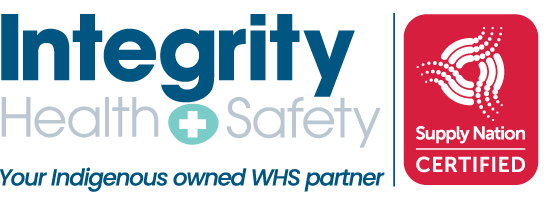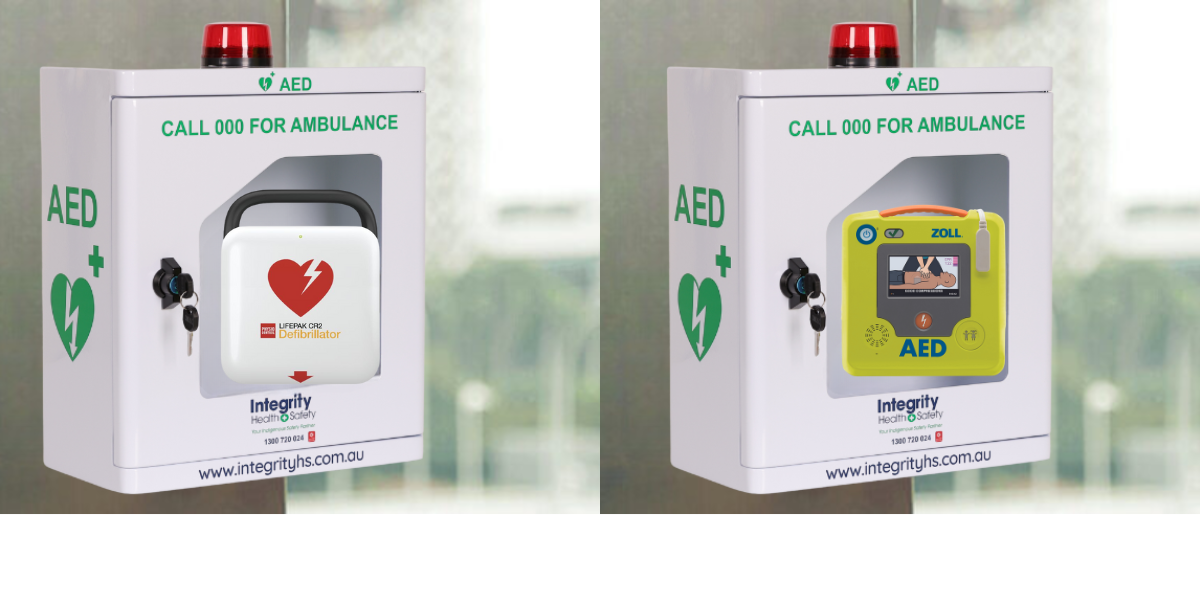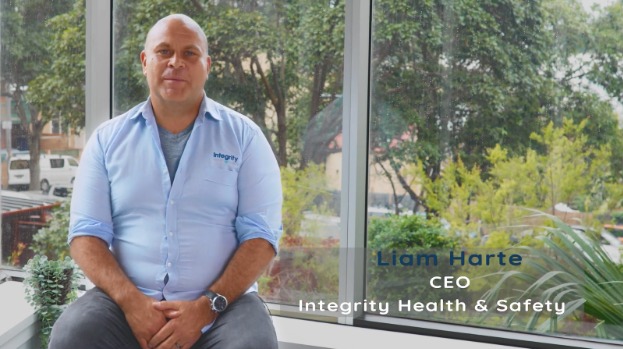A defibrillator is a medical device that delivers an electric shock to the heart in order to restore its normal rhythm. It is used in cases of cardiac arrest or other cases of life-threatening cardiac arrhythmia.
A defibrillator is used when a person’s heart has stopped beating or is beating irregularly, which can be caused by various factors such as heart attack, electric shock, or drowning. The goal of the defibrillator is to restore the heart’s normal rhythm so that it can pump blood effectively to the rest of the body.
In many countries, including the United States, Canada, and many European countries, automated external defibrillators (AEDs) are designed to be used by anyone, regardless of whether they have medical training. Many public places such as airports, schools, and sports arenas have AEDs available for emergency use.
The cost of a defibrillator can vary depending on the type and features of the device. AEDs designed for public use can range in price from several hundred to several thousand dollars. Professional defibrillators used in hospitals and medical settings can cost tens of thousands of dollars.
1. If you encounter someone who appears to be in cardiac arrest or experiencing a life-threatening arrhythmia, immediately call for EMS. This should always be your first step.
2. If an automated external defibrillator (AED) is available, ask someone to bring it to you or retrieve it yourself if possible.
3. Once you have the AED, turn it on as per the instructions provided.
4. The AED will come with adhesive pads that need to be placed on the person’s chest. Follow the AED instructions to attach the pads correctly.
5. Once the pads are attached, the AED will analyse the person’s heart rhythm and provide voice or visual prompts for you to follow. The AED will determine if a shock is needed or not.
6. If the AED advises that a shock is needed, make sure no one is touching the person and then press the shock button as instructed. The AED will deliver the shock to the person’s heart to restore its normal rhythm.
7. Even if the AED delivers a shock, you should continue performing CPR until EMS arrives. Defibrillation is just one component of the life-saving interventions that may be necessary.




